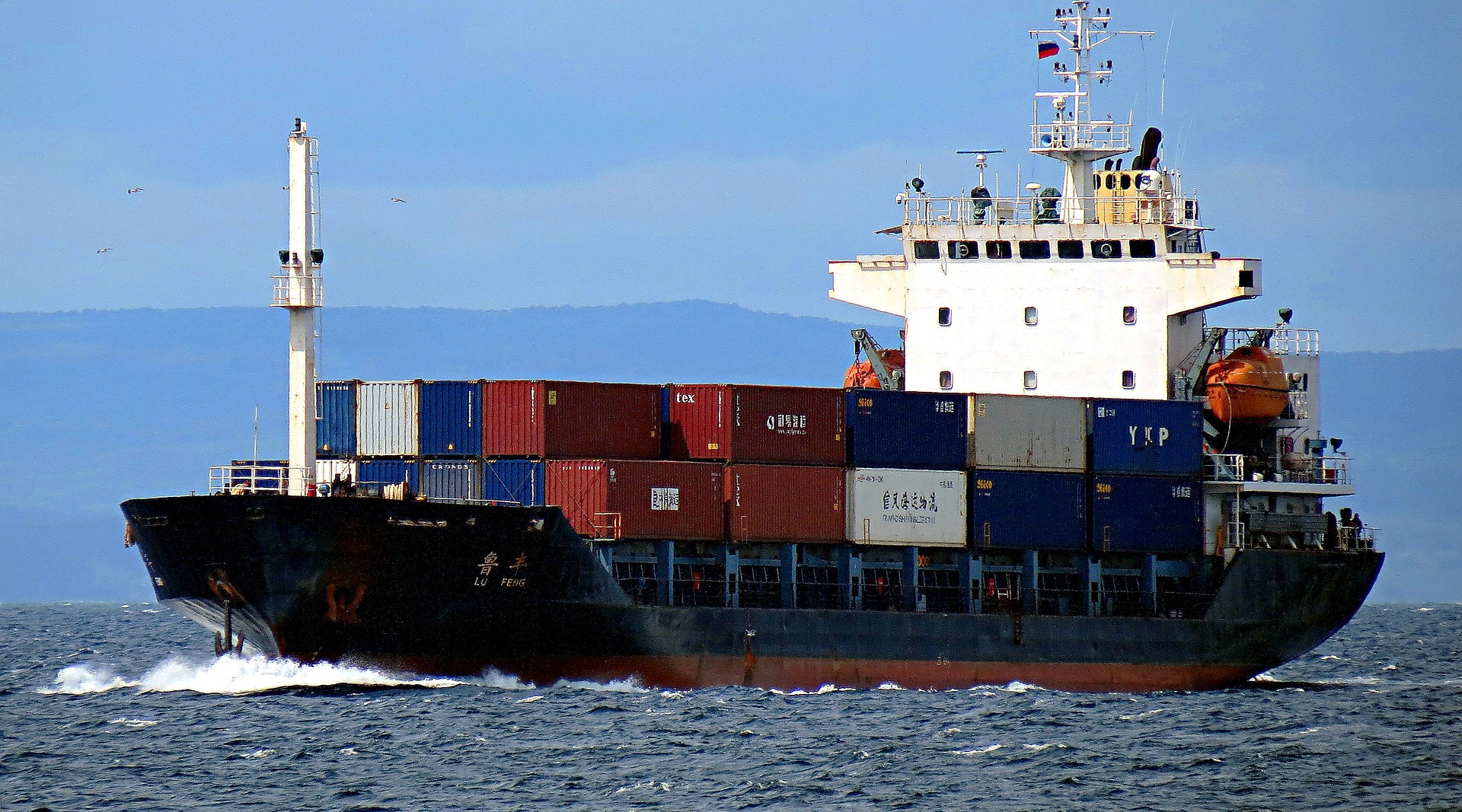
A major shift in the construction of container vessels has been recorded in recent years, while the abstention from the construction of dry bulk carriers and tankers is evident.
According to analysts, uncertainty about the type of new green fuel to be selected in the future and what technology will prevail, combined with the very high prices of new products compared to the lower percentages, create a climate for new orders of discouragement for bulkers and tankers. On the other hand, strong profits and sound balance sheets for all container shipowners, the high cash flows created by mid-2020 that needed reinvestment, the very high fares created mainly due to significantly lower supply of ships than demand and the high congestion of ports, gave shipowners the opportunity to renew their fleet with larger and more efficient ships, leading container orders to higher numbers.
Specific itineraries
The fact that containerships usually run very specific routes also plays a role, so it is easier to choose a future fuel, as they can also provide the infrastructure to supply it. An example is Maersk, which has entered into cooperation agreements with companies for the supply of at least 730,000 tons of green methanol per year until the end of 2025. In this way, Maersk will be able to provide the required quantities of green methanol needed for the first twelve environmentally friendly methanol fuel containerships it has ordered and which will be available at specific ports serving the ships in question.
On the contrary, bulkers and tankers rarely have scheduled itineraries for long periods of time.
The Bulk Carrier order book trend has been declining for the last 10 years, notes Xclusiv shipping company, after it was reduced from 2,500 ships ordered in April 2012 to about 760 ships ordered in April 2022. The tanker order book also follows the same downward trend as bulkers, as it fell to 528 custom ships in April 2022 from 1,500 custom ships ten years ago. On the other hand, the container shipping order book is the big winner, as it has grown significantly over the last 10 years. It is worth noting that in October 2020 there were only 310 custom containerships (ten year low), but it was quickly launched on 867 custom container vessels (high ten years) in April 2022. This is an increase of 180% in just one and a half years .
The effects of Covid proliferation in China, as well as uncertainty about future fuels, ship designs and technology required to comply with future carbon offsets are factors that have limited new ship orders, particularly for bulkers and tankers recently. In addition, ship orders that do not fall into the two categories mentioned above, such as containerships and liquefied natural gas (LNG Carriers), have flooded shipyards, further limiting the scope for new dry / wet cargo contracts. , adds the shipping agency.
Many analysts and owners believe that until zero-emission ships become commercially viable and the required fuel supply infrastructure is built worldwide, bulker and tanker order books will remain in “shallow water”, remaining at historically low levels.
Latest News

DM Dendias: We talk With Turkey But We Always Bring Up Their Unacceptable Positions
Second and last day of closely watched conference, entitled 'Metapolitefsi 1974-2024: 50 Years of Greek Foreign Policy', also included appearances by PM Mitsotakis, Ex-PM Tsipras and PASOK leader Nikos Androulakis, among others
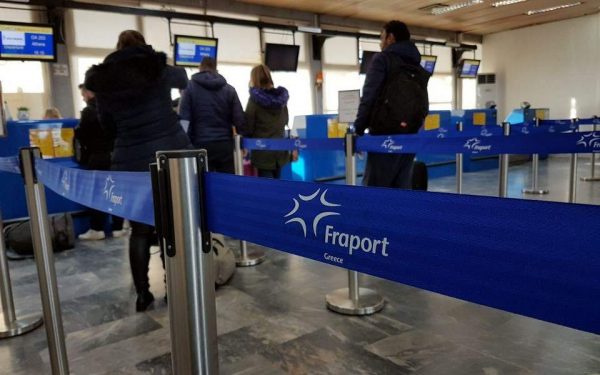
Rhodes Airport Tops Fraport Greece’s Regional Airports in 2024 Performance
According to Fraport's data, more than 35 million passengers (specifically 35.2 million) were handled by Fraport-managed airports during the 11 months.
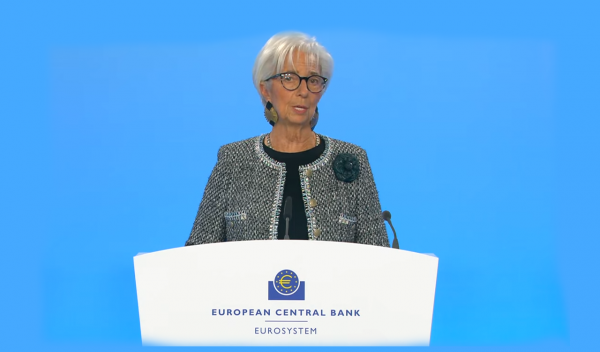
European Central Bank Cuts Interest Rates by 25 Basis Points
It is the fourth cut of interest rates by Europe’s central bank, a move expected by the markets and financial analysts leading to the rate settling at 3%.

Airbnb: New Measures Add €600 in Extra Costs for Property Owners
Property managers face an immediate administrative fine of 5,000 euros if access to the inspected property is denied or any of the specified requirements are not met.

Economist: Greece Included in the Best Performing Economies in 2024
Meanwhile, Northern European countries disappoint, with sluggish performances from the United Kingdom and Germany.

EasyJet Expands Its Routes from Athens
The airline’s two new routes will be to London Luton and Alicante and they will commence in summer 2025.

Capital Link Forum Highlights Greece’s Economic Resurgence; Honors BoG Gov Stournaras
Capital Link Hellenic Leadership Award recipient, Bank of Greece Gov. Yannis Stournaras, an ex-FinMin, was lauded for his pivotal role during Greece’s economic recovery

Tourist Spending in Greece Up by 14%, Visa Card Analysis Shows
Greece’s capital Athens emerged as the most popular destination, recording a 17% increase in transactions with Visa cards, surpassing even the cosmopolitan island of Mykonos.

Inflation in Greece Unchanged at 2.4% in Nov. 2024
The general consumer price index (CPI) posted a 0.4% decrease in November compared to the previous month

2024 Christmas Holidays: Extended Shop Hours Schedule
The 2024 Christmas Holidays extended shop hours schedule commences on Thursday, December 12 and runs until the end of the year.

![Φυσικό αέριο: Δυναμικό come back του LNG στην Ελλάδα [γραφήματα]](https://www.ot.gr/wp-content/uploads/2023/01/OT_naturalgas-90x90.jpeg)












![Fraport: Πάνω από 35 εκατ. επιβάτες στα αεροδρόμια το 11μηνο – Πτώση στη Μύκονο [πίνακας]](https://www.ot.gr/wp-content/uploads/2022/06/fraport-90x90.jpg)
















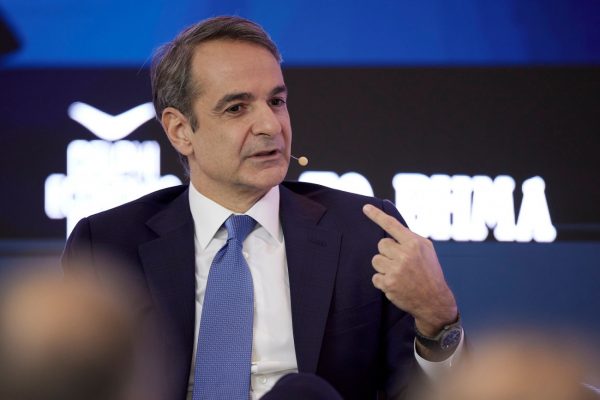

![Φυσικό αέριο: Δυναμικό come back του LNG στην Ελλάδα [γραφήματα]](https://www.ot.gr/wp-content/uploads/2023/01/OT_naturalgas-600x474.jpeg)
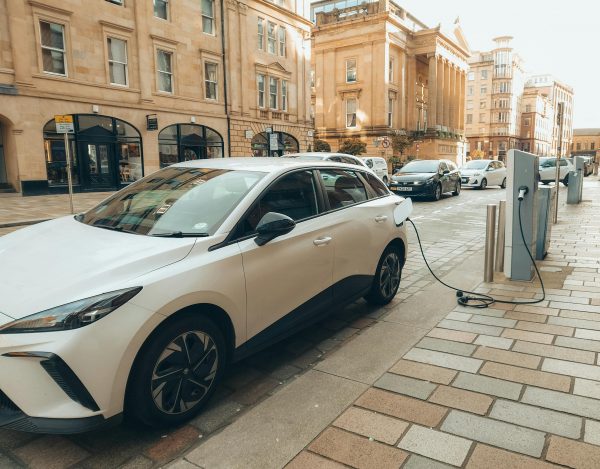
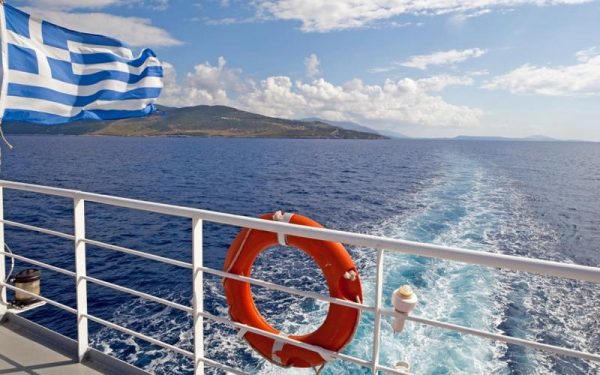


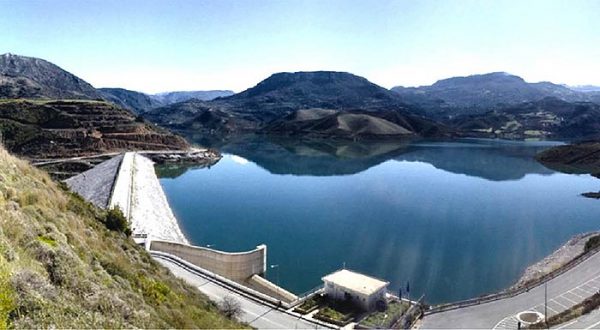
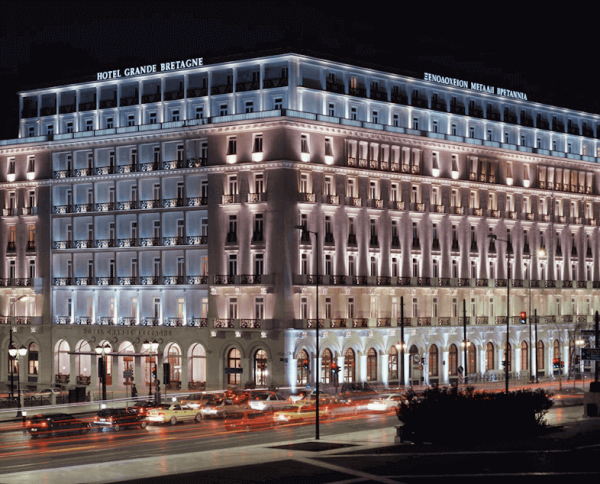


 Αριθμός Πιστοποίησης Μ.Η.Τ.232433
Αριθμός Πιστοποίησης Μ.Η.Τ.232433